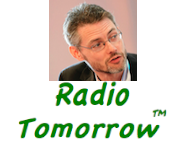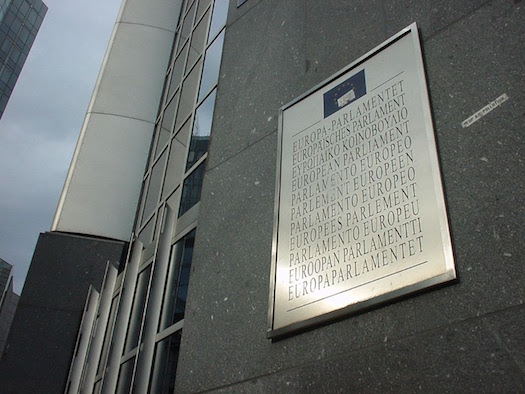Radio Tomorrow with James Cridland
With Brexit now decided, where does that leave Radio?
From a radio point of view there almost isn’t such a thing as “Europe”. From a content point of view, there’s little that binds the EU together. Indeed, the European radio landscape is one of contrasts.
Across Europe, radio reaches 84% of people each week. Public radio is strong, too: on average 47% of Europeans listen to public radio every week – with a market share of 36%. This overall figure hides some very wide variations, though.
In Norway, as one example, NRK P1, a mix of music and speech, has a market share of 45% just on its own; the public broadcaster operates many more channels. By the way – NRK P1’s website is worth a look: a really nice way of making a visual experience from a radio show, and allowing you to navigate through the programs you’ve just missed.
In Denmark, which like Norway uses PPMs, there’s a bunch of fascinating research on how they’re consuming media. Radio listening there actually increased last year, and DR’s public P4 channel has a 35.5% market share. In contrast, Spain is dominated by Cadena SER, a commercial radio network owned by PRISA, with over 4.4m listeners nationwide.
In much of Europe, there are regulations which can appear strange. 40% of the music on French radio needs to be in the French language: something that broadcasters are fighting against. Irish radio has a speech quota which it has to hit, and an irish music quota is actively being debated.
Radio licencing also differs between EU countries. Ireland or the UK have a set number of FM licences and a set music format for each; however, in Italy, I’m told anyone can broadcast on FM as long as no interference is caused to any other broadcaster. I’m not sure how true that is, but a quick look at Virgin Radio Italy’s FM frequencies page does underline how many transmitters are in operation there! (And let’s not get started on the costs of using music for radio in each country – yes, that differs wildly too).
From a technology point of view, DAB is present – in varying degrees – in most European countries these days. AM is also not universal; and only Norway has made the decision to turn FM off.
Perhaps the most obvious thing about European radio is language and culture. It makes networked radio very difficult. So, there are few EU-wide programs; instead, you see shared brands – most notably Virgin Radio in Turkey, Italy, France and the UK), and NRJ, also known as ENERGY, in France and Germany. There is very limited content-sharing: overnights on classical public radio stations is provided via the EBU, with gaps for presenters in each language. You might also hear jingle packages resung in different languages.
In the end, I can’t tell you how European radio works – because I’m not sure there’s any such thing. Which, of course, makes it all the more fascinating.
About The Author
 James Cridland is a radio futurologist, and is Managing Director of media.info, a companion website to radioinfo and AsiaRadioToday.
James Cridland is a radio futurologist, and is Managing Director of media.info, a companion website to radioinfo and AsiaRadioToday.
He has served as a judge for a number of industry awards including the Australian ABC Local Radio Awards, the UK Student Radio Awards, and the UK’s Radio Academy Awards, where he has also served on the committee. He was a founder of the hybrid radio technology association RadioDNS.
James is one of the organisers of nextrad.io, the radio ideas conference each September, and is also on the committee of RadioDays Europe. He writes for publications including his own media.info, Radio World International and RAIN News.
James recently moved from North London to Brisbane with his partner and a two year-old radio-loving toddler. He very, very much likes beer.

